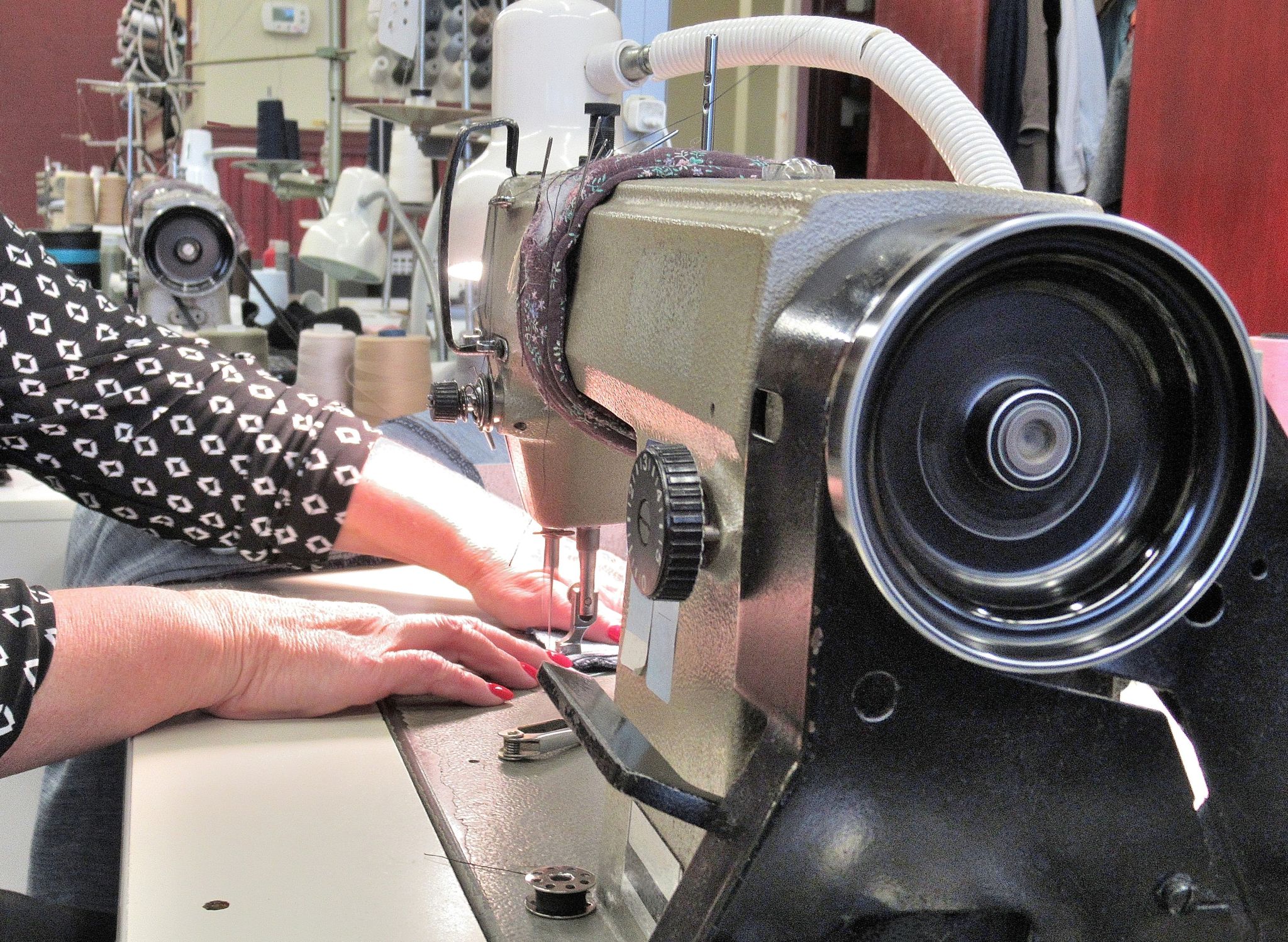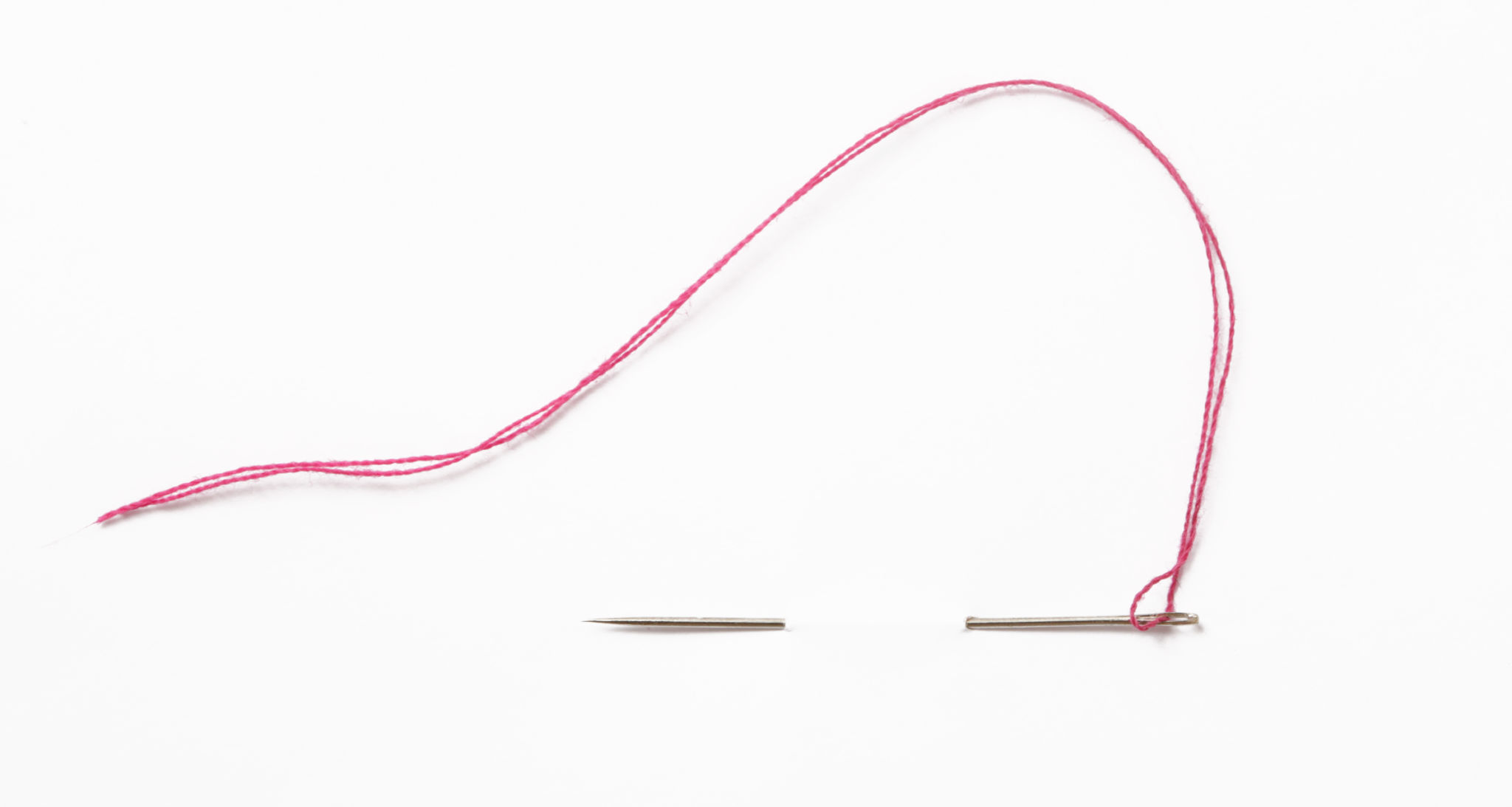Preparing Your Sewing Machine for Seasonal Changes
Understanding the Importance of Seasonal Maintenance
As the seasons change, so do the needs of your sewing machine. Whether you're transitioning from lighter summer fabrics to heavier winter materials or vice versa, preparing your sewing machine for these changes is crucial. Proper maintenance ensures smooth operation and prolongs the life of your machine.

Neglecting seasonal maintenance can lead to frustrating issues such as thread bunching, uneven stitches, or even damage to your machine. By taking the time to prepare your sewing machine for the upcoming season, you can enjoy a seamless sewing experience year-round.
Cleaning and Oiling Your Sewing Machine
One of the most important steps in seasonal preparation is thorough cleaning. Start by removing lint and dust from all crevices using a small brush or vacuum attachment. Pay special attention to the bobbin case and feed dogs, as these areas tend to accumulate debris.
Once your machine is clean, it's time to oil it. Refer to your machine's manual to identify oiling points and use only sewing machine oil. This will help reduce friction and prevent wear on moving parts. Remember, a well-oiled machine is a happy machine!
Checking the Needle and Thread
The type of needle and thread you use can greatly affect your sewing projects. As you prepare for seasonal changes, consider the fabrics you'll be working with and choose needles and threads accordingly.

For heavier fabrics like wool or denim, opt for a larger needle size and a stronger thread. Conversely, for lighter materials such as cotton or linen, a smaller needle and fine thread will work best. Always start each season with a fresh needle to ensure optimal performance.
Adjusting Tension Settings
Seasonal changes in fabric weight may require adjustments to your sewing machine's tension settings. If you notice puckering or loose stitches, it might be time to tweak the tension dial. Test your adjustments on scrap fabric before starting any major projects.
- For lighter fabrics, reduce tension slightly.
- For heavier fabrics, increase tension as needed.
Keep in mind that tension settings can vary between machines, so consult your manual for guidance specific to your model.
Testing Stitch Patterns
Before diving into seasonal projects, take some time to test various stitch patterns on scrap fabric. This will help you identify any issues with stitch quality and make necessary adjustments.

Experiment with different stitch lengths and widths to find the perfect settings for your chosen fabrics. This practice not only ensures beautiful results but also builds your confidence as you embark on new sewing adventures.
Storing Your Sewing Machine Properly
If you're planning a break from sewing during certain seasons, proper storage is key. Keep your sewing machine covered to protect it from dust and environmental factors. Store it in a dry, cool place away from direct sunlight.
If possible, store your machine in its original case or a padded bag for added protection. Regularly check on it during its downtime to ensure no issues arise while it's not in use.
Conclusion: Reap the Benefits of Seasonal Maintenance
By preparing your sewing machine for seasonal changes, you set yourself up for success in all your sewing endeavors. Regular cleaning, oiling, and adjustments not only enhance performance but also extend the life of your beloved machine.
Embrace the satisfaction of a well-maintained sewing machine and enjoy creating beautiful pieces no matter the season. Happy sewing!